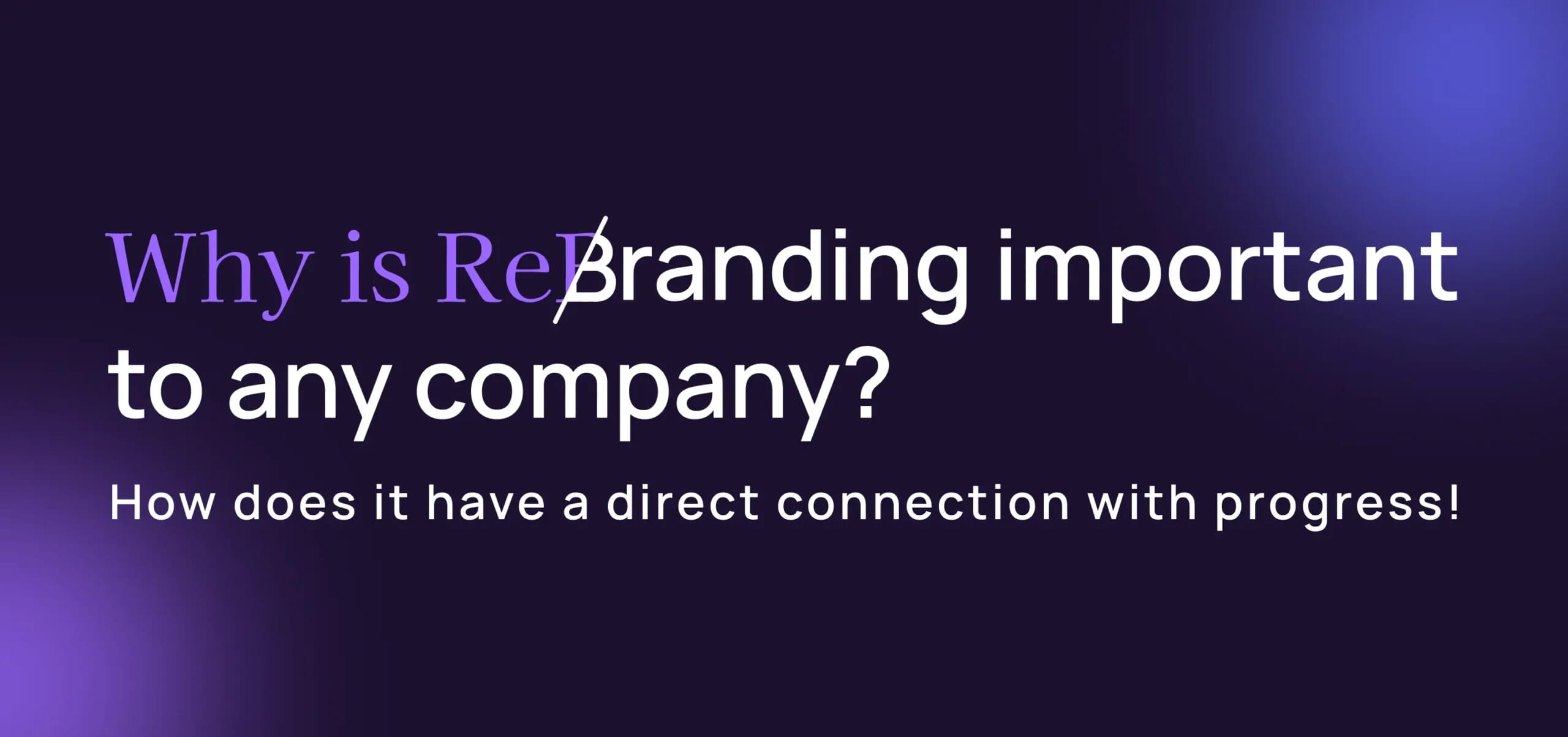

Why Rebranding is Important for Any Company and Its Direct Connection to Business Growth?

To remain relevant in today’s rapid and competitive market, businesses must continuously evolve to stay relevant. Rebranding is a powerful strategy that helps companies refresh their identity, enhance their market positioning, and align with modern customer expectations.
At Code and Core, we understand the significance of transformation, which is why the company is embracing a new brand identity with an updated website and modernized visual elements.
But why is rebranding crucial for business growth? Let’s explore its impact.
First, What is Rebranding, and Why Does It Matter?
Rebranding is the process of revitalizing a company’s identity, including its logo, website, and overall strategy, to reflect its evolving mission and market trends. It goes beyond aesthetics; a successful rebrand strengthens brand positioning, enhances customer perception, and boosts market influence.
How Does Rebranding Drive Business Progress?
Enhances Brand Relevance
Consumer behavior and industry trends evolve rapidly. If a brand feels outdated, customers may perceive the products or services as obsolete. A well-executed brand refresh ensures the company stays modern, engaging, and appealing to the target audience.
Reflects Business Growth and Transformation
As businesses expand, they often outgrow their original branding. A rebrand showcases innovation, expertise, and new capabilities, ensuring that the brand identity reflects the company’s forward momentum.
Attracts New Customers and Strengthens Customer Retention
A strong brand helps businesses stand out in competitive markets. Rebranding provides an opportunity to capture new audiences, reinforce existing customer relationships, and position the company as an industry leader.
Boosts Credibility and Market Authority
A modern, polished brand fosters trust and credibility. A well-designed brand identity communicates professionalism and commitment to excellence, making potential clients more likely to engage with the business.
Aligns with Digital Transformation and Industry Trends
A rebrand often includes website redesigns, updated digital experiences, and enhanced brand messaging, ensuring businesses stay ahead in the digital era. A seamless online presence improves brand visibility, customer engagement, and conversion rates.
What Are Benefits of Rebranding?
- Stronger Brand Identity
- Increased Customer Trust and Loyalty
- Higher Market Competitiveness
- Attracting the Right Audience
- Enhanced Business Growth Opportunities
What Are the Advantages of Rebranding?
Improved Brand Perception
A rebrand helps shape how customers and stakeholders perceive the company, ensuring it aligns with its evolving goals.
Increased Revenue and Sales Increased Revenue and Sales
A fresh and engaging brand can drive more customer interest, leading to higher sales and profitability.
Expanding into New Markets
A well-planned rebrand enables businesses to reach new demographics and expand their market share.
Stronger Digital Presence
Rebranding often includes a website redesign, an improved user experience, and updated marketing strategies that boost online engagement.
Greater Employee Motivation and Company Culture
A renewed brand vision fosters a sense of purpose among employees, increasing motivation and alignment with company values.
Frequently Asked Question’s About Rebranding
Q: When Should a Company Consider Rebranding?
A business should consider rebranding if:
- Its branding no longer aligns with its mission and vision.
- The industry has evolved, making the brand appear outdated.
- It is entering new markets or expanding services.
- Customer engagement and recognition are declining.
Q: How Does Rebranding Affect Existing Customers?
A well-executed brand transition ensures that existing customers embrace the changes while attracting new audiences. Transparent communication and a clear brand message make the shift smooth and effective.
Q: Is Rebranding Only About a New Logo?
No! While visual identity is crucial, rebranding also involves refining brand messaging, redefining brand values, and enhancing digital presence to create a cohesive and compelling brand experience.
Q: How often should a company consider rebranding?
While there’s no strict timeline, companies should consider rebranding every 7 to 10 years or whenever significant changes occur within the organization or market.
Real-World Example
Code and Core’s new Website
The company’s rebranding journey represents a shift toward modern web solutions, innovative design, and enhanced digital experiences. The old branding reflected the early days, while the new identity symbolizes the company’s commitment to cutting-edge web development and client success.
In a Nutshell
Rebranding is not just about changing a logo—it’s a strategic decision that fuels business expansion, strengthens market presence, and enhances customer engagement. Whether refining a website or updating brand messaging, rebranding helps businesses prepare for the future.
Stay Updated (Blogs)
Catch wind of the latest technologies, strategies, and information that are set to boost your business operation. We update frequently!
Looking for reliable white label services?
At Code and Core, your data is safe with top-tier encryption. For extra peace of mind, we're happy to sign an NDA to ensure full confidentiality
Let's Talk
- Pay roll Basis
- Hire Tech Pool
- Maintenance of Existing Project
- Fixed Price Project
- Hourly Based
- Something Else





























